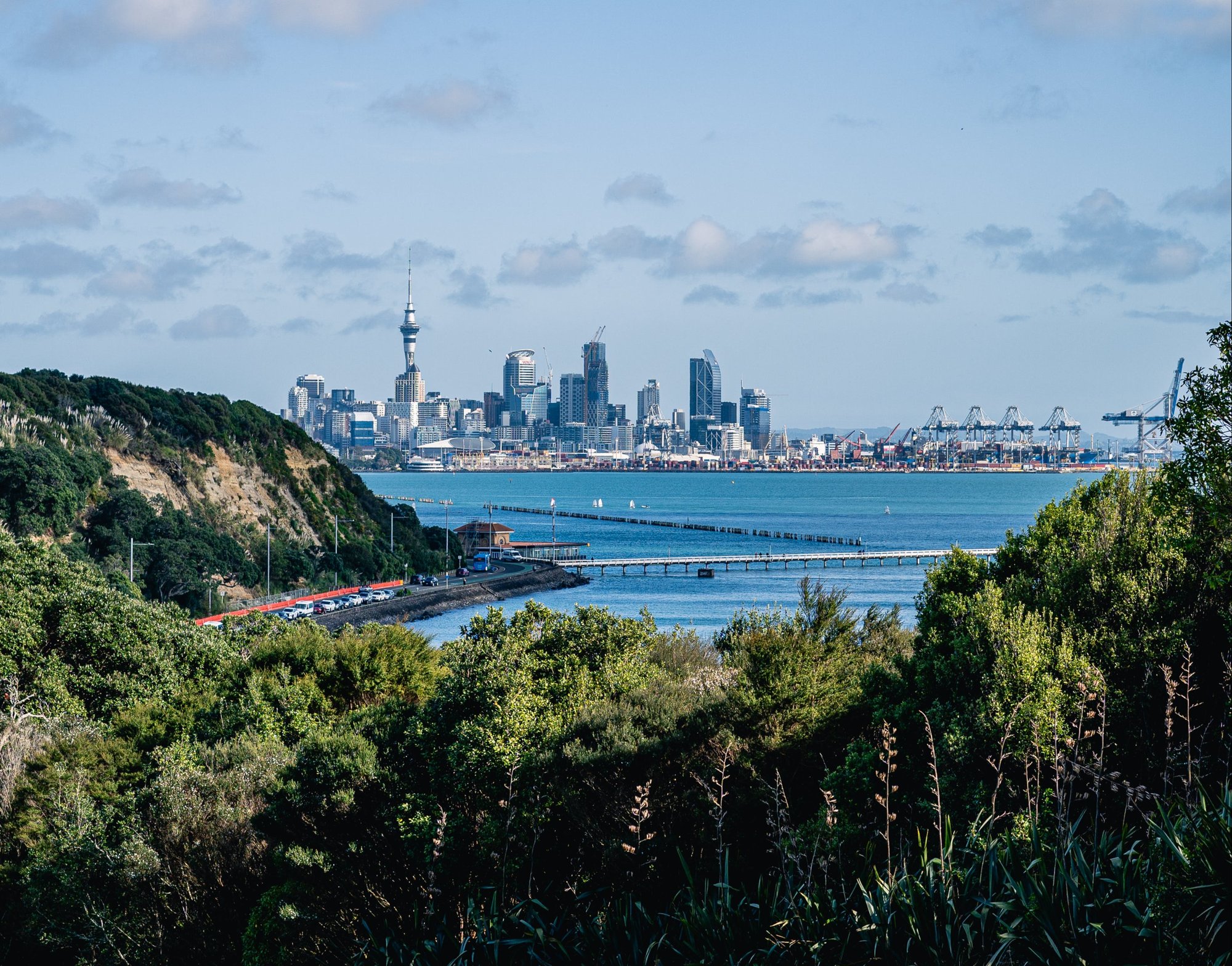Equipping Takapō/Tekapo to handle intense growth in traffic
Mackenzie District is one of the largest local authorities in New Zealand by land area.
It covers 7,100km2, almost 50% larger than the greater Auckland area. But it has the lowest population, only 0.64 people per km2, fewer even than the Chatham Islands.
This small population means the local council’s rates revenue is modest and their roading budget is smaller still. When you contrast the Council Roading team’s resource with the demands placed on the Mackenzie District road network, we begin to see challenges.
Challenges and opportunities in a small rural town.
The village of Takapō/Tekapo has a population of 369. In 2019, guest nights in the Mackenzie region rose to 831,753. State Highway 8 runs through Takapō/Tekapo. And between 2015 and 2019, there was over 30% increase in traffic on this road.
Accelerating development is also putting pressure on the village. Existing visitor accommodation will be joined by new hotels and visitor accommodation developments adding hundreds of beds in addition to the new subdivisions which are in progress. The Church of the Good Shepherd is one of the most Instagrammed locations in New Zealand. And new attractions like the Dark Sky Project’s lakefront astronomy centre, also attract more people.
The Mackenzie District Plan, written in the early 2000s, did not foresee this pace of growth. Increases in visitors to Takapō/Tekapo is impacting roading, parking and road safety.
Take parking as an example. The town already has a generous 330 permanent carparks. The Council estimates that they’ll need 450 parks by 2030. To put this into context, a standard rugby field accommodates around 275 car parks. So, we’re talking vast parking facilities for a town of only a few hundred people.
Scott McKenzie, Roading Manager at Mackenzie District Council explains.
The town has grown very quickly over a short period of time. Pressures have developed with the increase in tourism. We’ve a small local rate payer base and a road network that was set up to service a rural community, not a thriving town. So, the footpaths are limited or absent, parking is overwhelmed at times, and flow and connectivity are disjointed. We’re working with Abley to address some of those issues going forward.”
“Abley know what they’re doing. The help and the assistance we get is very high quality, very professional. They’re always available to bounce ideas around. They’re easy going, easy to work with people. They’ve gone over and above by building transport models to help us make strategic decisions and keeping those models up to date. It’s a next level professional relationship, where they deliver recommendations and add value, without us having to ask. They’re definitely the right people to work with for any sort of transportation project. I can’t recommend them highly enough.”
A range of transport planning options to future proof Takapō for further growth
Abley has worked closely with Mackenzie District Council on transport planning for five years. Our partnership began with economic analysis on a Takapō footbridge which helped secure more external funding for its implementation. When we understood the scale of the transport challenges the Council were facing, this led to more strategic work on master planning and transport design for Takapō.
We adopted an integrated transport approach that aligns the Takapō community’s requirements and the Mackenzie District Council’s goals for their transport network, with policy and funding mechanisms.
Three transport planning options were developed for each side of town, ranging in scope from the minimum intervention required to meet Takapō’s traffic challenges, to a best-case solution.
We considered walking routes between key attractions, for example, from the Church of the Good Shepherd to the commercial area. We looked at the impact that increased traffic volumes would have on intersection safety. And we made provision for increased parking, along with different parking management solutions.
Our goal was to highlight the interconnected nature of changes to the network. It was important to communicate that traffic was likely to continue to grow. With high levels of growth over the last few years, could we see traffic double by 2030?
Another key challenge was helping the local community imagine what different roading solutions might look like. So, we developed 3D visualisations to illustrate each option, because they’re more realistic than 2D design plans.
Scott McKenzie describes how the 3D graphics helped communicate ideas to the community.
The infographics Abley created really got buy-in. They gave the community a good idea of what we might be able to deliver on the ground in specific areas, prior to construction. We don’t want to get halfway through the project and then find out that it’s not quite what everybody was thinking.
Bringing the infographics to the table helped us address sticky issues and answer questions. So, we had solutions in the mix that we expected to be unfavourably received by the community. But because people could see what a solution might look like in real life, they’d say, ‘I can understand where you’re coming from. I don’t like the design, but the solution makes sense.’ So that was helpful.”


Making community engagement central to the planning process
In November 2017, Mackenzie District Council and Abley went through a four-week consultation process with the Takapō community. We organised community drop-in sessions and created a digital app for feedback, promoted face-to-face, in leaflets, online and through social media.
The consultation’s purpose was to seek community feedback on the transport planning options, identify likes and dislikes, and any matters that had not been addressed.
Scott describes the consultation process in more detail.
Abley helped us test our transport solutions by directing and encouraging the conversation with the community. We got really good engagement. We had 900 comments, and the Mackenzie District has only just over 4,000 residents. We got that strong engagement by using different platforms, rather than just having a community meeting, or only sending letters.
We carried out consultation through the weekends with the community. We didn’t hold a standard public meeting. It was more an information sharing exercise, which was held out in front of the Takapō Four Square. We provided information to people to take away and/or encouraged them to fill out a form on the spot, while answering their questions and discussing concept plans.
We also had a web app and paperwork to support that. So, we’d show people the transport planning options and explain them. Then we’d send them away with the details and let them choose how they wanted to submit their feedback, allowing for full inclusion of all.
We feel we got a higher level of engagement because we offered people a choice. And we probably got franker feedback. Rather than having a public meeting, where people feed off the loudest person in the room, we gave the community the chance to give their considered feedback.
Abley really helped us get buy in and establish trust with the community around the consultation process. As a result, even the negative feedback has been balanced. People said: ‘This is what I think. I like this, but I don’t like that.’ We were able to draw some real valuable conclusions.”
A future focused plan for a changing world
Takapō is a community in transition from rural to urban. Growing commercial demand needs to be carefully balanced with a sensitive response to our changing environment, and the societal shift from cars, to walking and cycling. Our Active Transport team have been working with Scott’s Roading team to develop a walking and cycling strategy for the region.
The Mackenzie District Council are now working on their District Plan review. The transport planning work we’ve done with them will become part of their new District Plan transport strategy. We’re helping the Council ensure that their investment in infrastructure is right, both for now, and for the future.
Scott appreciates his relationship with the Abley team, saying:
Abley know what they’re doing. The help and the assistance we get is very high quality, very professional. They’re always available to bounce ideas around. They’re easy going, easy to work with people. They’ve gone over and above by building transport models to help us make strategic decisions and keeping those models up to date. It’s a next level professional relationship, where they deliver recommendations and add value, without us having to ask. They’re definitely the right people to work with for any sort of transportation project. I can’t recommend them highly enough.”


Get in touch
If you’ve got a question or want to chat to us about how we can help you, contact us.
We look forward to talking with you.
.png?width=556&height=152&name=Abley_MasterLogo-Website%20(1).png)
